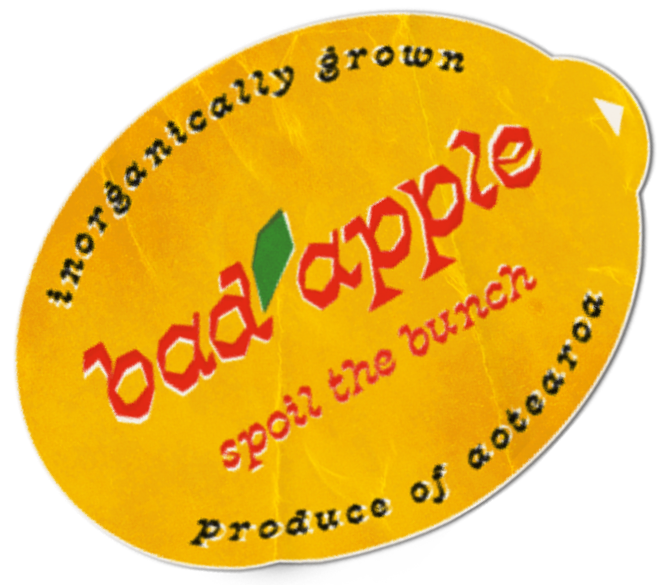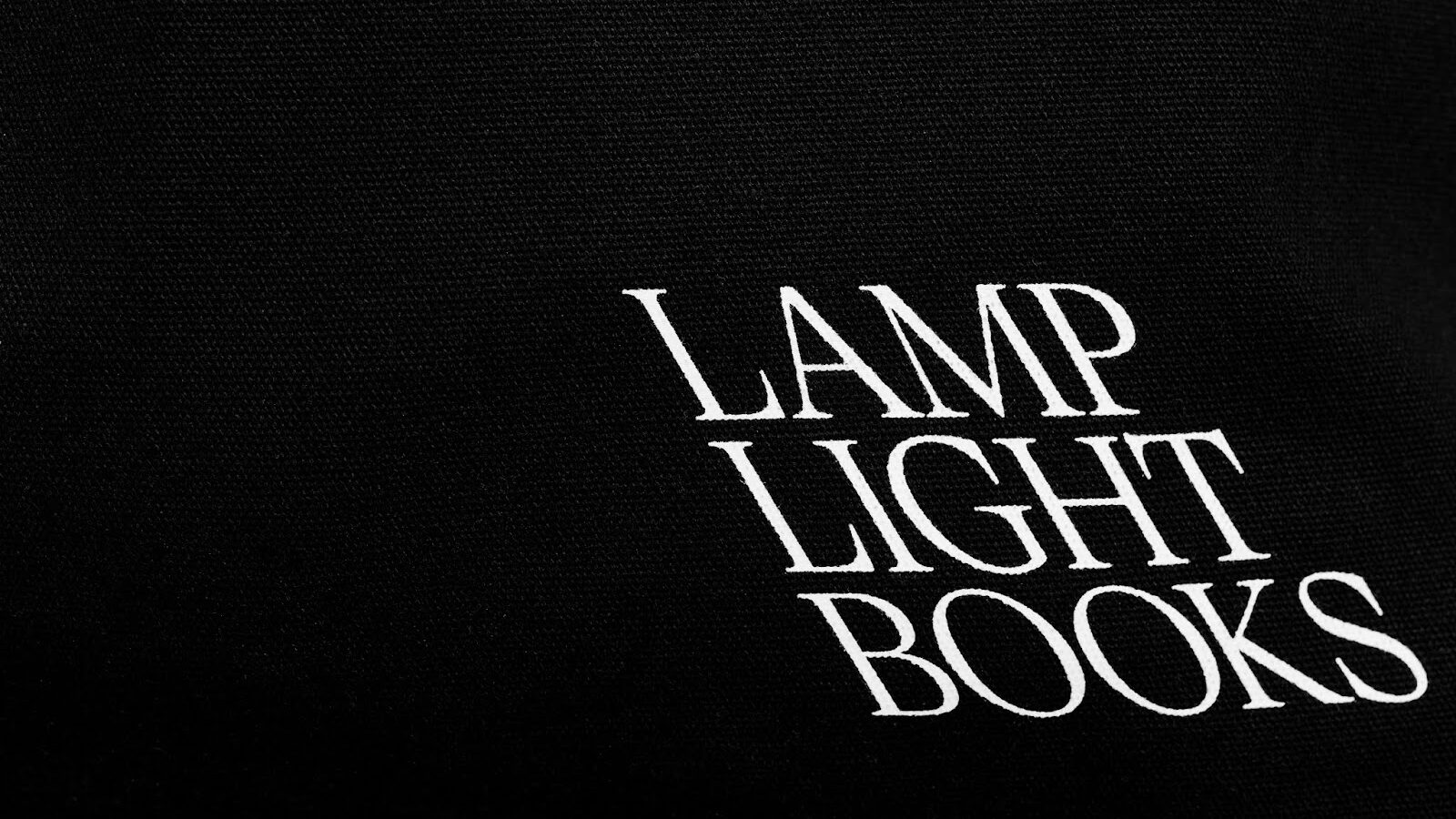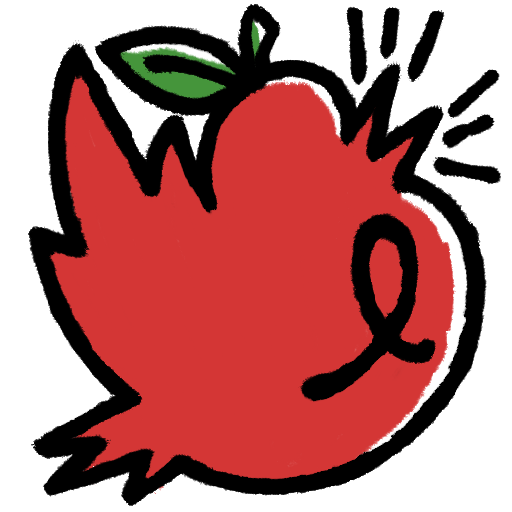The chic and stylish Lamplight Books in Tāmaki Makaurau runs a mini takeover on their Instagram featuring friends of the bookstore. I was asked to be one such friend and share some selected titles to recommend to their followers—with very few restrictions! I chose to focus on books that tied to different periods of my life and largely titles from queer or New Zealand writers. There are a few exceptions but they’re legitimately all books I love. All the background photos (bar the comic) are also mine, from the last several years.
You can read my five selections compiled below and if one piques your interest don’t forget to head over to Lamplight’s website and buy a copy.
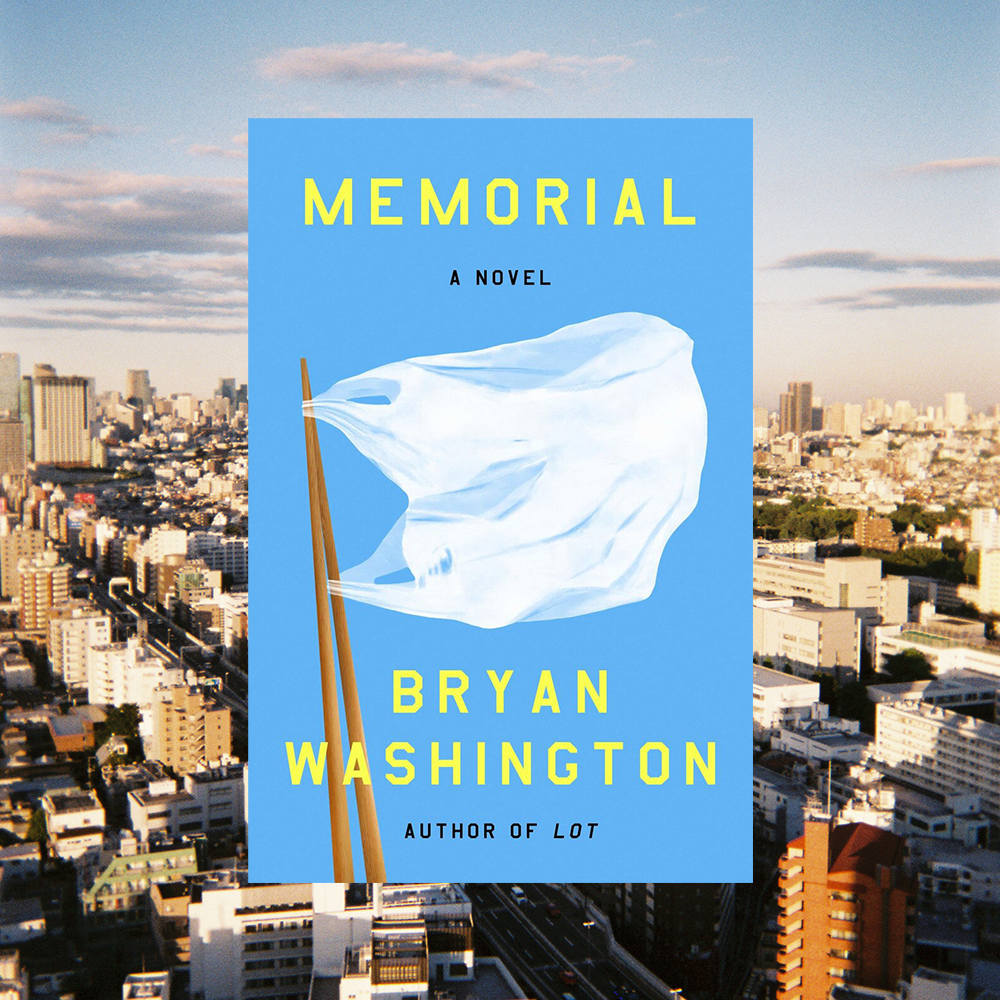
Memorial by Bryan Washington
In my mid-twenties, I was living in Tokyo, Japan, and navigating an intercultural relationship through the most significant period of the ongoing COVID-19 pandemic. The high school I was working at had been closed down to prevent the virus from spreading and we were asked to stay at home.
Naturally, I turned to literature as entertainment in this sedentary period. Access to English-language novels was quite limited so I rustled up some digital versions of books I had seen online but couldn’t obtain locally. Memorial was one of these books—picked for being partially set in Japan, exploring intercultural relationships and parental dynamics.
Bryan Washington’s success with this book is due to the intricacies of the characters. Benson and Mike’s relationship is slowly disintegrating. Mike leaves for his dying father in Japan as his mother arrives in the USA, ending up stuck with Benson. They’re complex and messy and struggle with each other, they have realistic reactions to the environments they find themselves in. Trapped in my apartment, it also provided escapism through its detailed depictions of Houston and Osaka that were a salve in a time of stillness.
Those who have read Washington’s newer novel Family Meal, will see familiar elements but I consider Benson and Mike’s perspectives more interesting to vicariously explore.
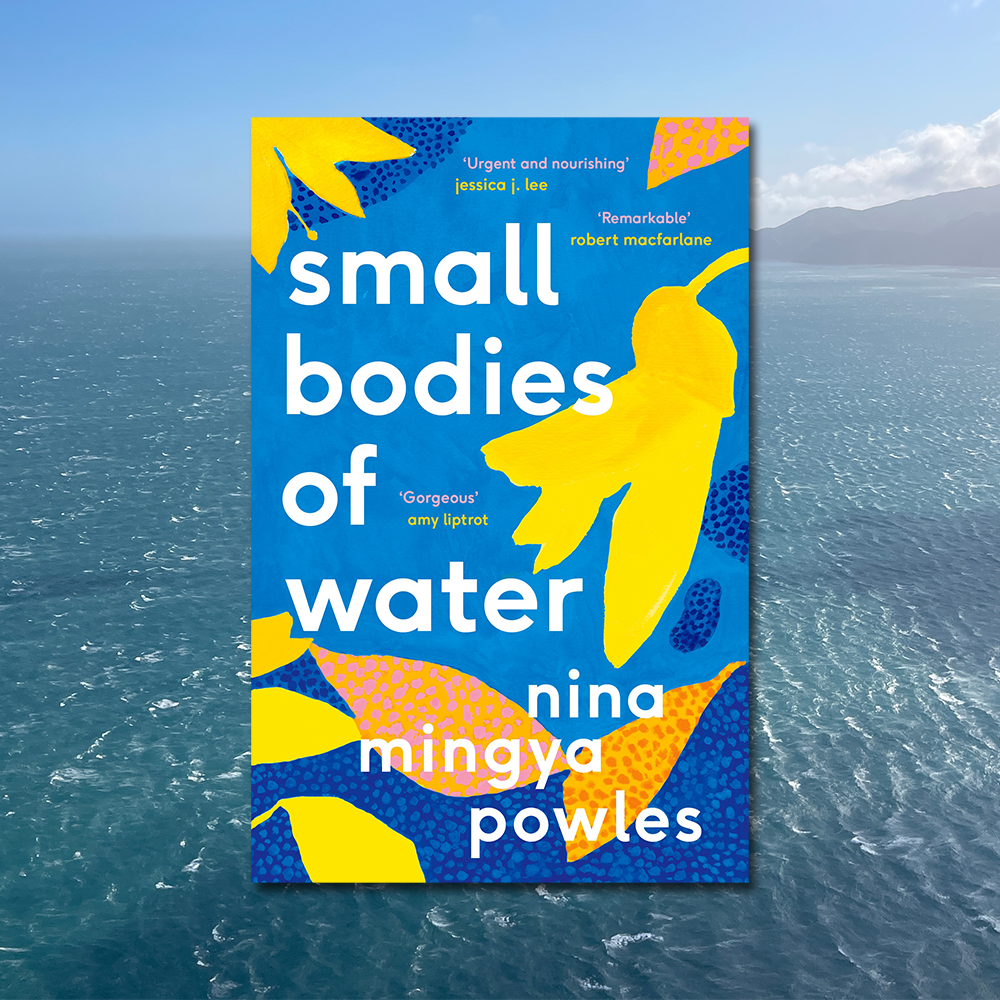
Small Bodies of Water by Nina Mingya Powles
My copy of Small Bodies of Water was picked up from Jason Books—something I’d seen around for a while but never felt compulsion to pick up and read. Major mistake on my part, because as soon as I cracked this open I knew I’d be returning to Powles’s work again and again.
I’ve always been drawn to personal essays, a creative expression of non-fiction that isn’t trying to convince you into something (I’ll pass on opinion pieces) but more share an experience with you. That’s what Small Bodies of Water feels like, Powles sharing a series of moments with you.
There’s a lot woven through this book, as one may expect from a work that sees ‘water’ as its guiding theme. I particularly enjoyed getting into Powles’s favourite Mitski song, learning about her family in Kinabalu and the native species swimming in its waters, and the pōhutukawa travellers ending up in San Francisco.
I often say to my friends that I am “thinking about thinking about writing”, and ‘Small Bodies of Water’ has taken me one more step towards that. Never does this writing feel long-winded or rambling, but like vignettes comprising a larger picture that is gently being revealed.
I want to weave my stories with the personable and ornate ability of Nina Mingya Powles.
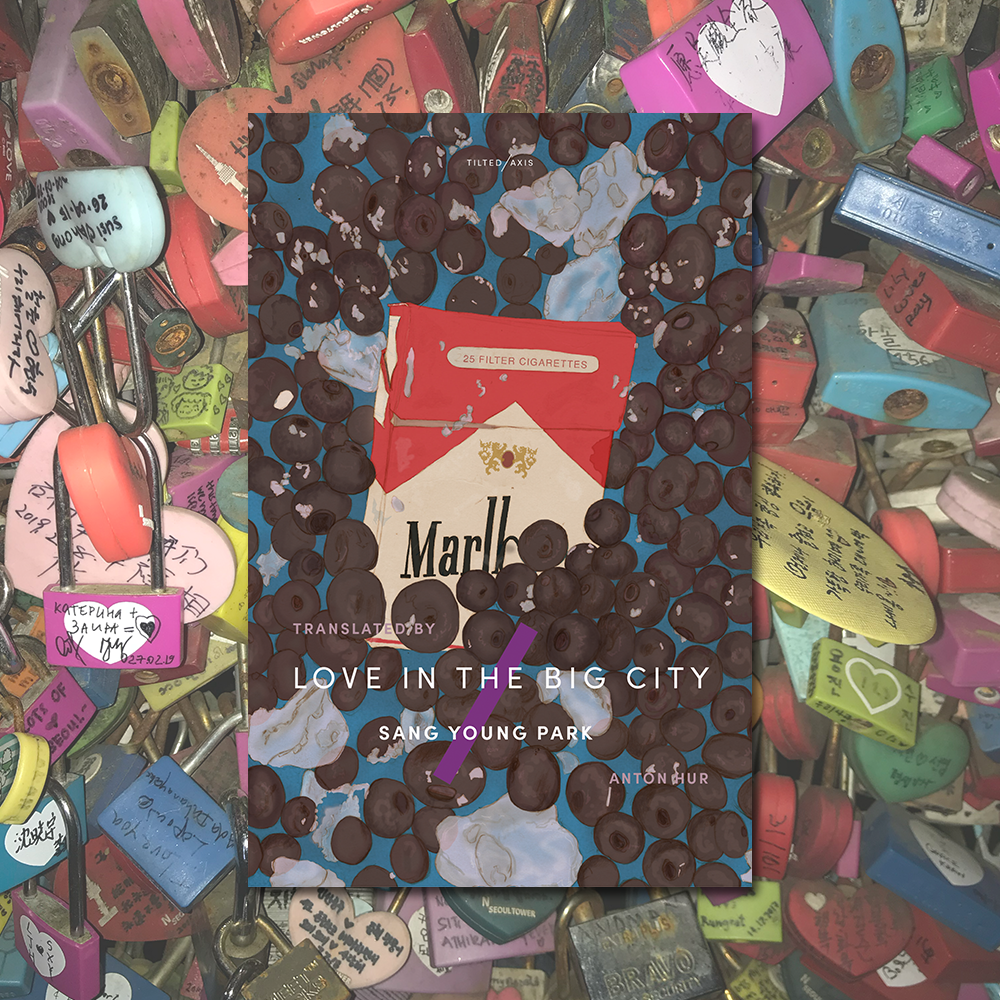
Love in the Big City by Sang Young Park, translated by Anton Hur
In 2022, I started full-time study on Whitireia’s Graduate Diploma of Publishing. I had just moved back from Japan and felt jaded about returning to my previous line of work (e-commerce). I wanted to help create tangible objects that had some sort of net positive gain in the world, optimistically, I think books fit the bill.
During my year studying, I had the pleasure and time to indulge in reading more than I had for several years. Sang Young Park’s Love in the Big City was longlisted for the International Booker the same year (alongside another stunning book translated by Anton Hur, ‘Cursed Bunny’ by Bora Chung) and stood out as something I hadn’t encountered before.
It’s cliche to speak of reading as expanding our understanding of the world, but this autofiction story in four parts from a queer Korean man earnestly provided me with a perspective I’d not been privy to before. They’re frank, open and layered with failures and success, love and loss.
I had read a few translated works previously, but they often felt stilted or phrased awkwardly in English. Anton Hur’s translation of Park’s writing in this instance carries none of these uncomfortable elements and feels like a true embodiment of the author’s authentic voice.
Read the book and then catch the 2024 drama adaptation—it’s just as fantastic.
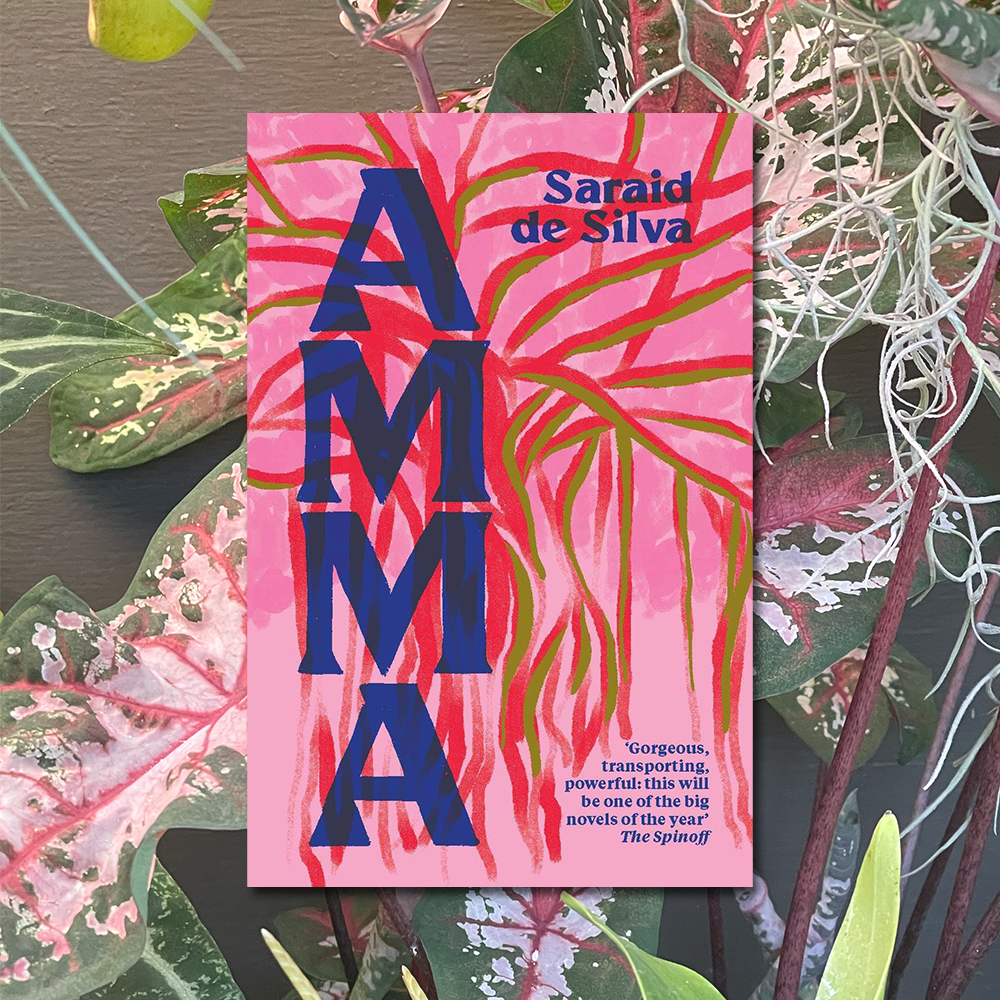
AMMA by Saraid de Silva
I’ll be straight up and admit that Saraid is a close friend of mine and I have thus far not recommended AMMA on any lists publicly simply because it’s been so beloved by readers in Aotearoa that I don’t need to go into bat for it. I’m doing so now so I can say “I told you so,” when it wins a big award.
I could list a dozen things that stand out to me about this novel but I’ll note two here in particular. The first is craft, a factor often left out of the conversation regarding women writers. Each line of this book is considered, measured and purposeful. Not once did I ever find myself needing to go back and read a passage again to ascertain its meaning. We are guided forward with intention, through the lives of our central characters—three generations of women who find themselves situated across time and place.
This leads me to the second element of note, characters. I’m always drawn to character-driven narratives, especially those with experiences that share a boundary with my own but depart in different explorations of identity. It’s through character that I look to understand the world. How do people engage with each other? What do they think about when they’re alone? From who do we draw strength and where do we turn in times of trouble?
It’s a privilege to experience the lives of these women, Josephina, Sithara and Annie, who carry pieces of each other for the better and the worse. Some readers have noted getting lost in the shifting perspectives and family dynamics, but that’s a skill issue imo.
When you pick up this book, clear your evening because you won’t be able to put it down.
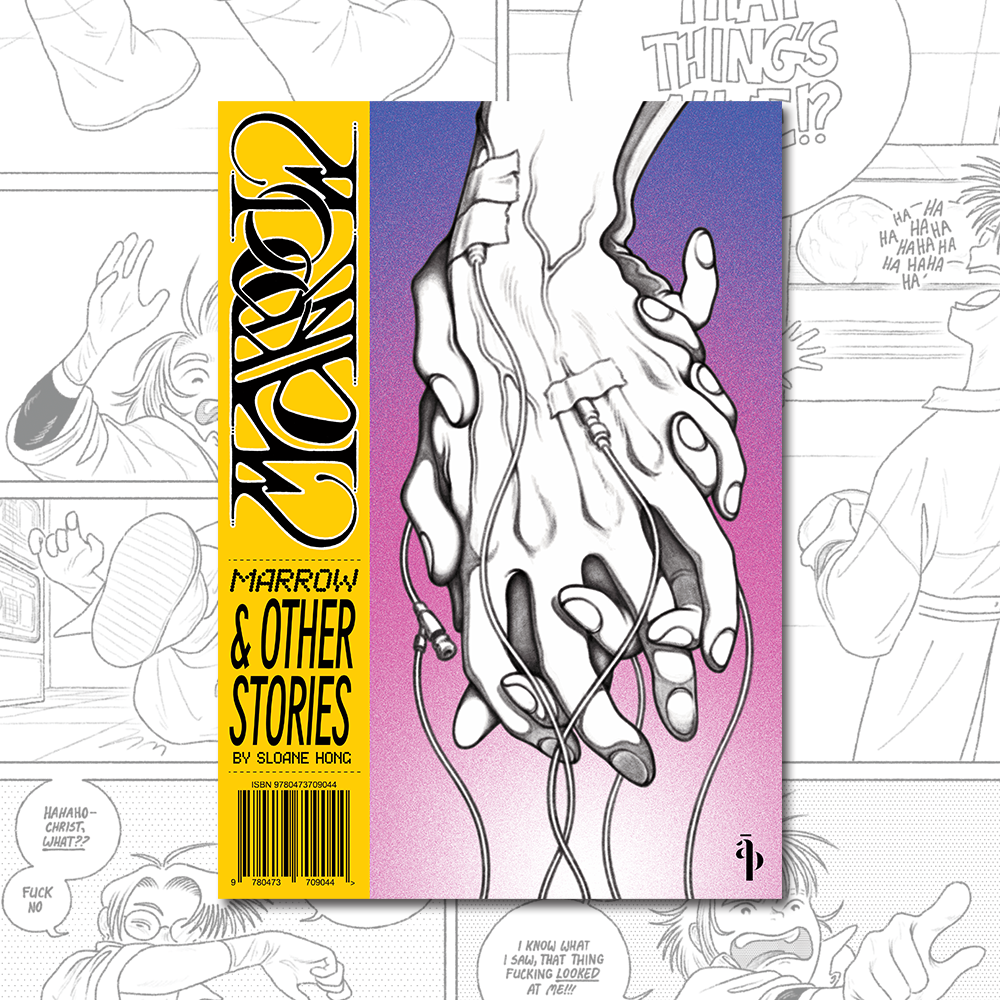
I think Sloane is one of Aotearoa’s best comic artists. This is why I approached them about publishing this collection of short comics, Marrow & Other Stories through my micro-press, Āporo Press. I first met Sloane when we were setting up bad apple [this website!!!] an online platform for LGBTQ+ art and writing that began through a community working group. She created the design elements and visual language for the website while I took on the role of editor and we’ve been working together on and off ever since.
While she’s primarily known online as a digital illustrator, Sloane’s comics translate beautifully into print form with a vibrant expression of character and setting.
As I wrote for the blurb of the collection, “Plagued with intrigue and often unsettling, these gloriously stylish panels peel back layers of the human psyche, exposing them, throbbing and pulsating, for all to see.”
There are very few comics published in New Zealand, due to commercial sensibilities or lack of belief in the format, so it has been a privilege to work with Sloane to offer Marrow to an underserved community of fans.
